Best drought tolerant trees: 12 dry-weather options to grow
Able to handle heat and low rainfall, these drought tolerant trees will bring low maintenance structure to your backyard
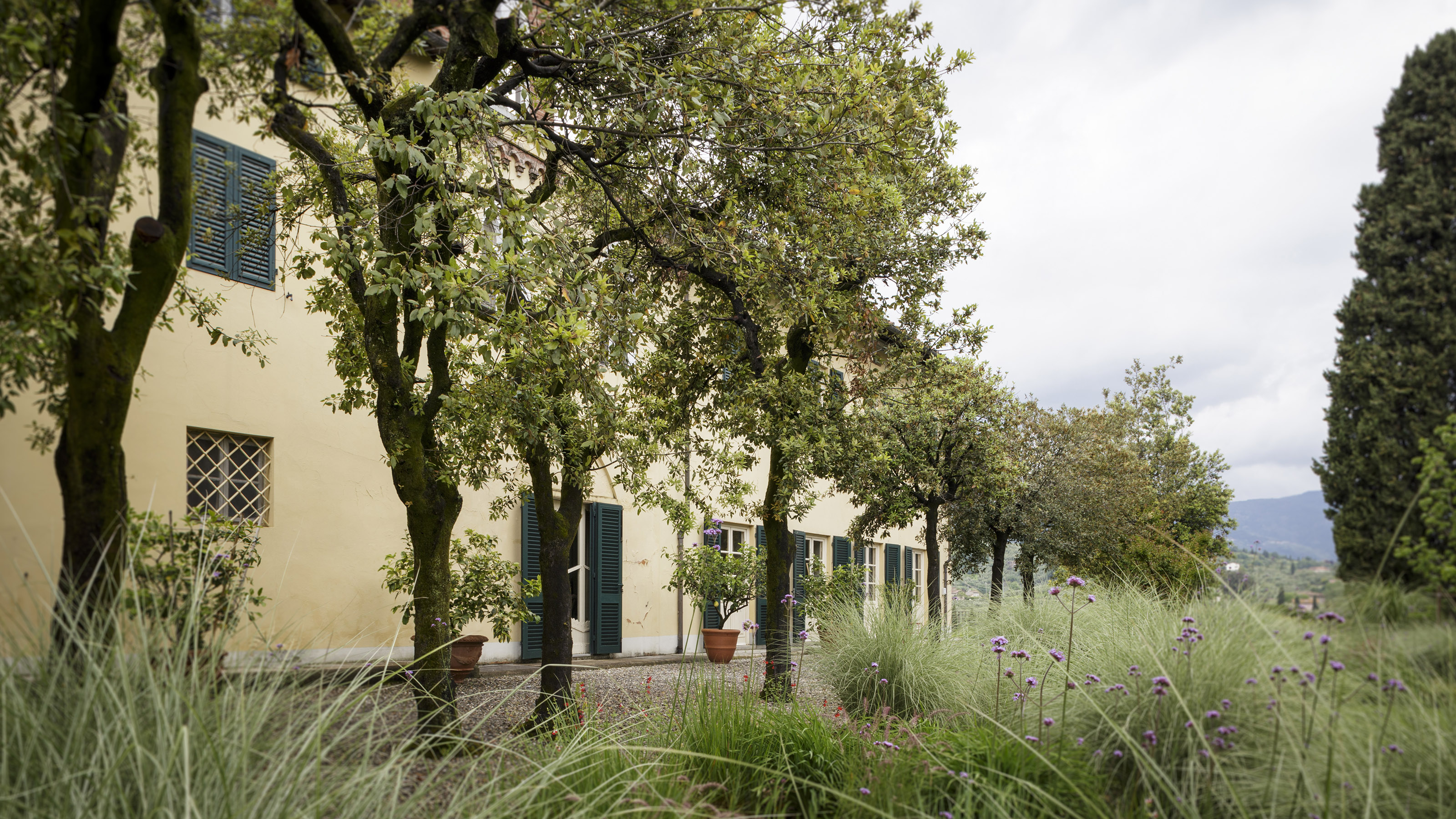

Planting drought tolerant trees is great for our gardens and the planet. They give us shade and shelter, absorb carbon and support wildlife. Choosing the right one for your garden is an important decision.
And with rising global temperatures, resulting in hotter, drier summers, the natural shade that trees provide will be something that outdoor living enthusiasts will be keen to bring into their spaces.
To maximize drought and heat tolerance in the longer term, plant young tree saplings over the winter months. They will need good irrigation in the first few years but will ultimately be sturdier because the roots have had time to develop.
Larger pot grown specimens of the best deciduous and evergreen trees might give you instant impact, but they won’t tolerate extreme weather so well in their early years.
Choose drought tolerant trees for hot, dry climates
With increasing pressure due to extreme heat and restricted water use, the right plant, right place motto has never been more vital when choosing a tree for your garden, says Chris Skinner, assistant Head Gardener at National Trust’s Sheffield Park in Sussex, UK.
'For the domestic garden, we need to plant trees that suit the soil type and light levels so they can establish a good root structure, and this will help them tolerate heat, drought and wet winter weather too.'
1. Olea europaea
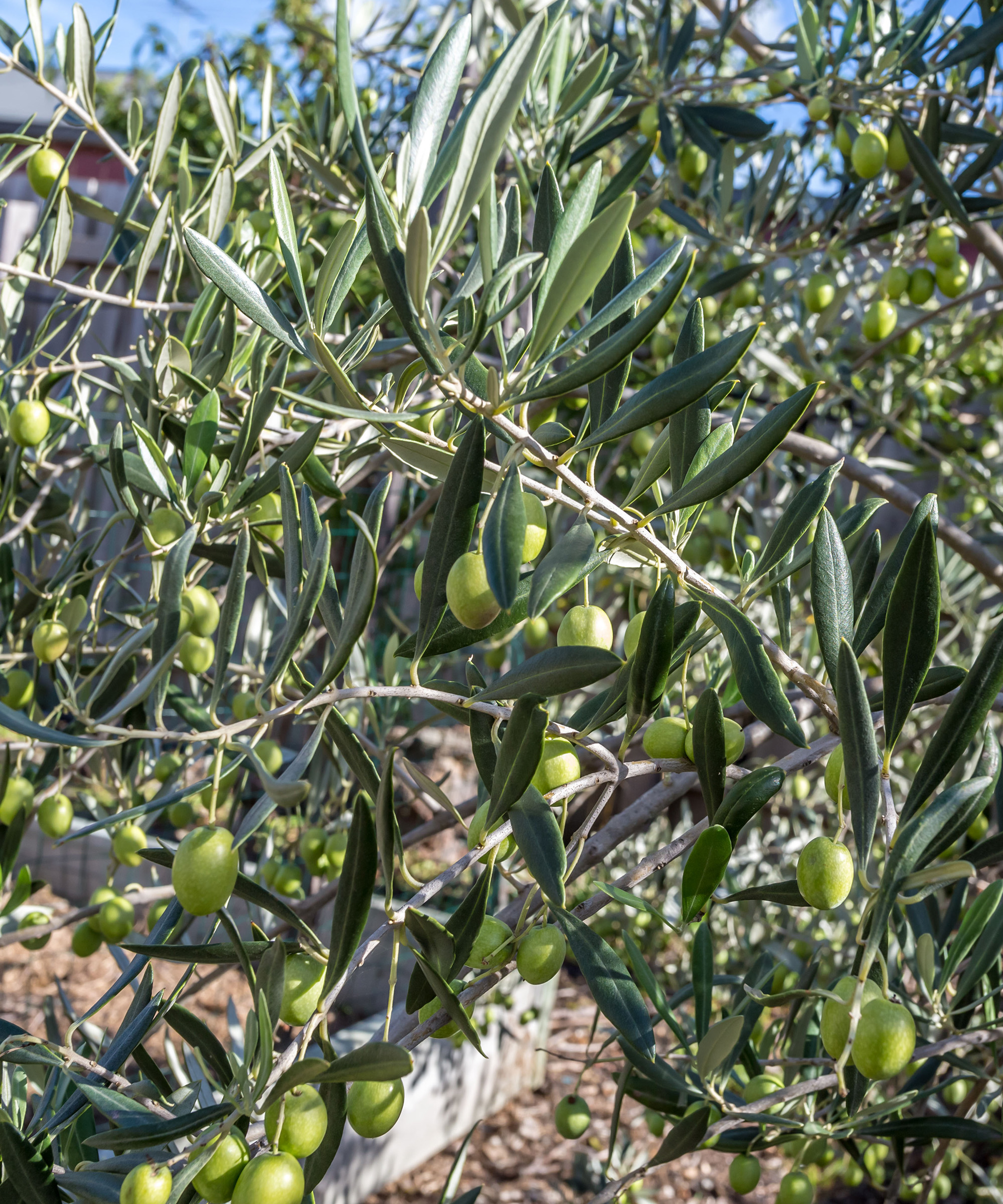
- Hardiness: USDA zones 8-10
- Height: 20ft (6m)
- Spread: 10ft (3m)
The classic image of Olea europaea is an olive grove full of gnarly old trees growing out of dry, rocky soil under Mediterranean skies. But you’re equally as likely to see landscaping with olive trees used in formal city gardens, where they are prized for their silvery evergreen foliage and compact size.
Olea europaea makes a great container tree too, being slow growing and requiring minimal watering once established – and if you’re lucky, after a really hot summer, you might even be able to harvest your own olives.
There is no doubt that olives are great drought tolerant trees for today’s gardens, with the bonus that they can tolerate temperatures below freezing and winter wet.
Choose the species olive or one of the many cultivars as a backyard tree, for example ‘Cipressino’ for its upright habit.
2. Crataegus x lavalleei 'carrierei'
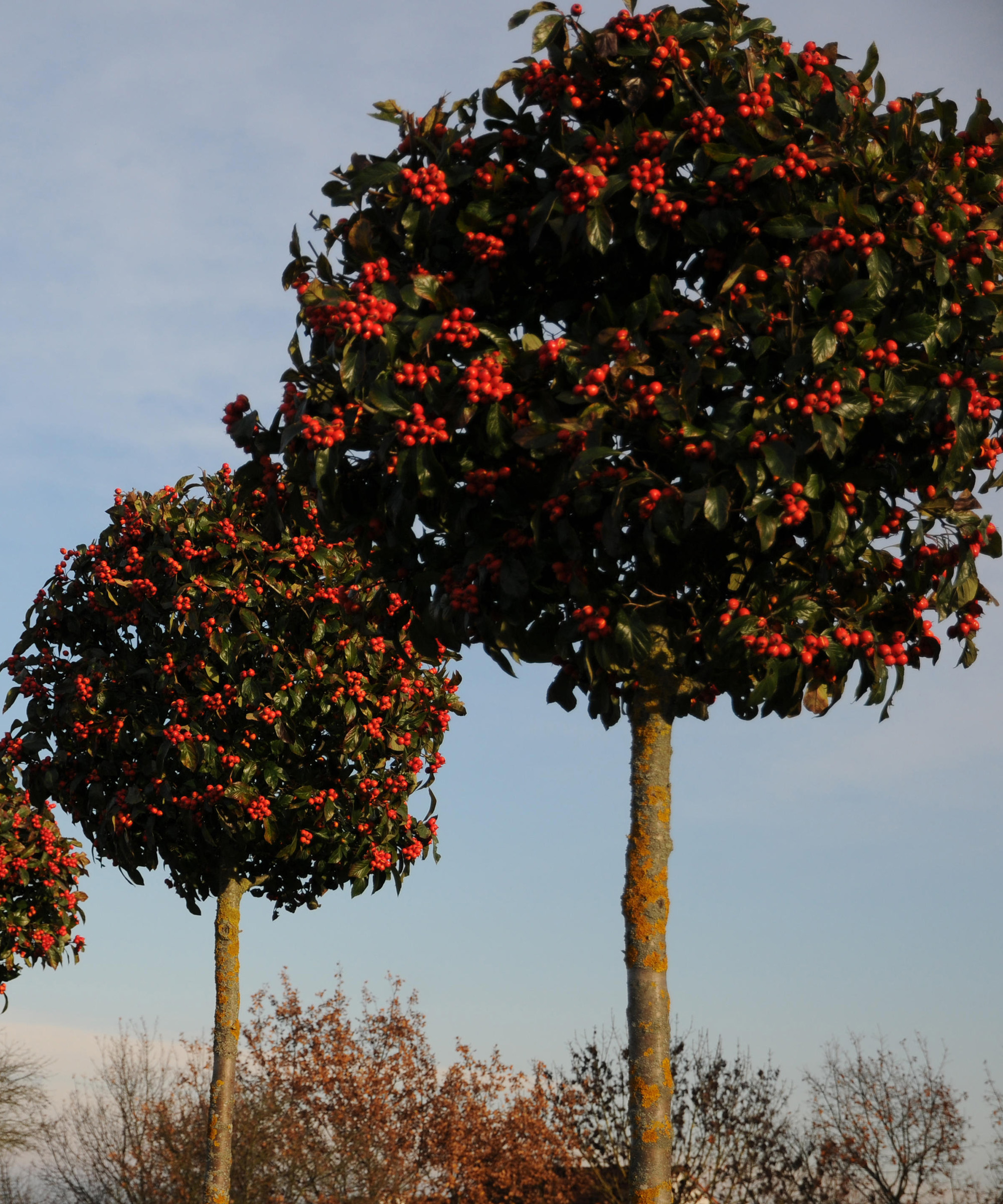
- Hardiness: USDA zones 4-8
- Height: 12ft (4m)
- Spread: 12ft (4m)
This hawthorn is a compact hybrid with fewer thorns than its parent and makes a good small tree. Plant in fall, to help establish the deep root system that makes it one of the best drought tolerant plants, and it will also cope well with dry soil and pollution, making it a tough, reliable choice.
The leaves are glossy green, but it is deciduous so it turns into a tree with red leaves in late fall. It’s good for pruning as a single-stem standard specimen or looks stunning planted as a high hedge.
With white summer flowers followed by red haws it is one of the best plants for autumn berries and has a high ornamental value.
3. Cupressus sempervirens stricta
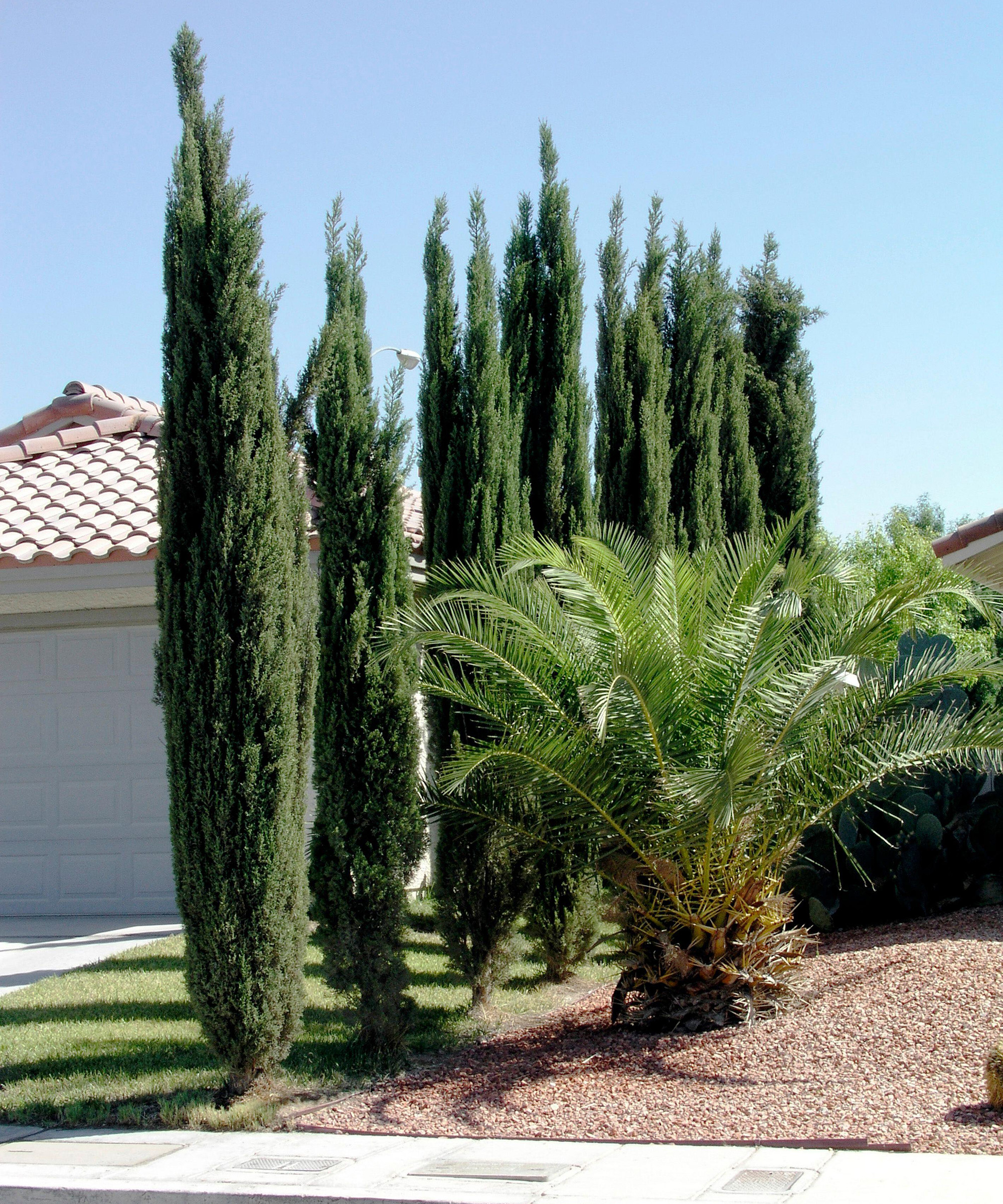
- Hardiness: USDA zones 7-9
- Height: 40ft (13m)
- Spread: 10ft (3.5m)
Another tree to inspire dreams of Mediterranean escapes, the Italian cypress is an evergreen conifer with a narrow, upright habit and dark aromatic foliage. Great for formal planting in rows lining a path or alongside a driveway when used as a tree for front yards.
These drought tolerant trees will add good year-round structure and look best planted in multiples or as an avenue, although you can achieve the effect of a row of columns in large containers too – traditional terracotta, naturally, to get the Mediterranean garden look.
These Italian cypresses will thrive in the full sun and well-drained soil of a hot, dry climate and once established, will cope well with drought conditions.
- Buy Italian cypress trees in the US: view at Fast Growing Trees
- Buy Italian cypress trees in the UK: view at You Garden
4. Pinus pinea
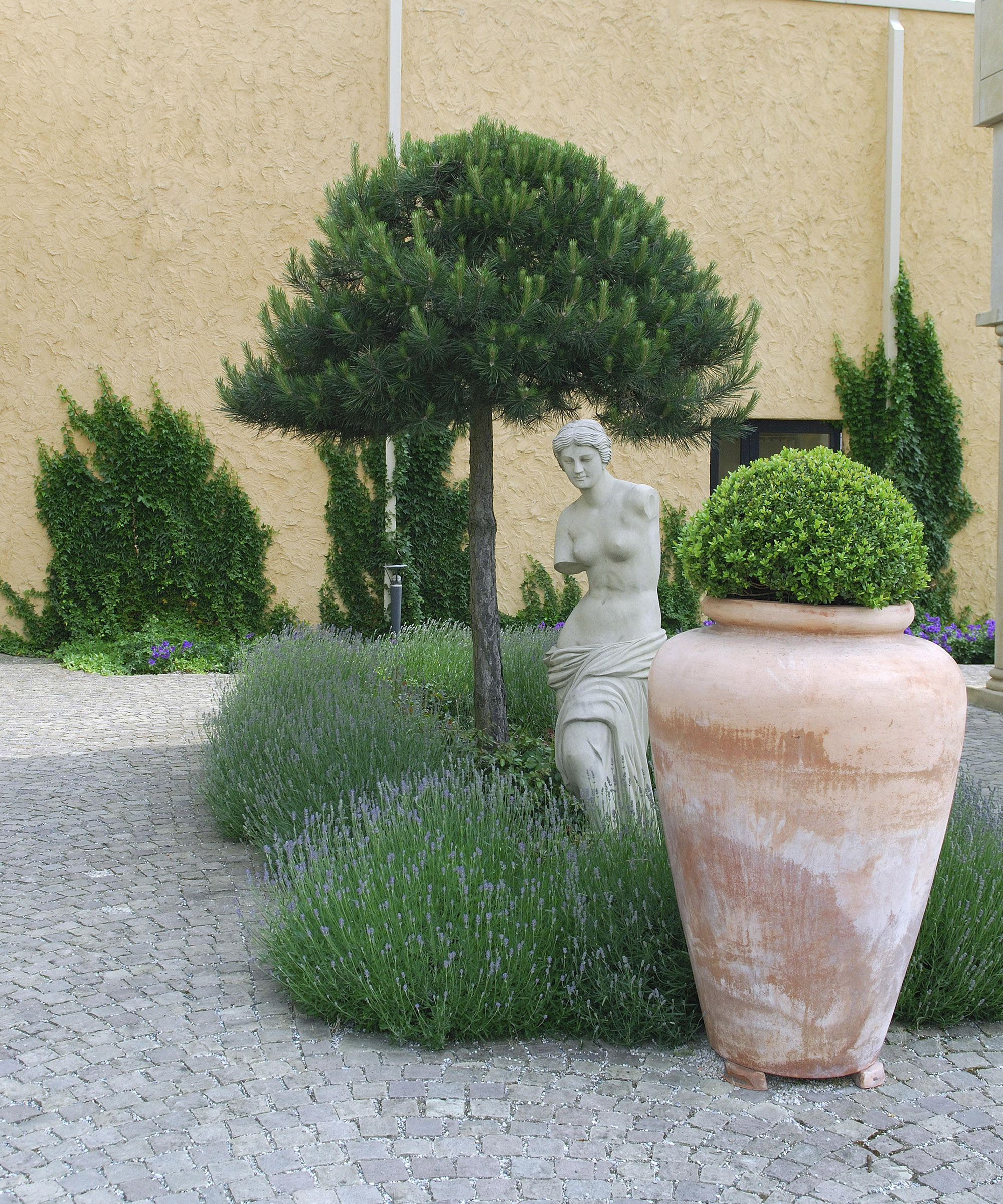
- Hardiness: USDA zones 9-11
- Height: 40ft (12m)
- Spread: 40ft (12m)
Your first thought of pines might be as a type of Christmas tree. But this is a classic Mediterranean tree, with proven heat and drought tolerance. Also known as the stone or umbrella pine, it has adapted especially well to coastal plantings in North America and the UK.
With its typical flat-topped, parasol-shaped crown of evergreen needles and textured, scaly rust-colored bark it makes an attractive and reliable tree specimen, good for light, sandy soils. Although it needs plenty of space and suits a slightly wilder landscapes.
It’s also a great tree choice if you like growing edibles, as over time, the ripe pine cones might reveal the pine nuts, widely used in pestos and other Italian dishes.
- Buy the umbrella pine in the US: view at Fast Growing Trees
5. Phoenix canariensis
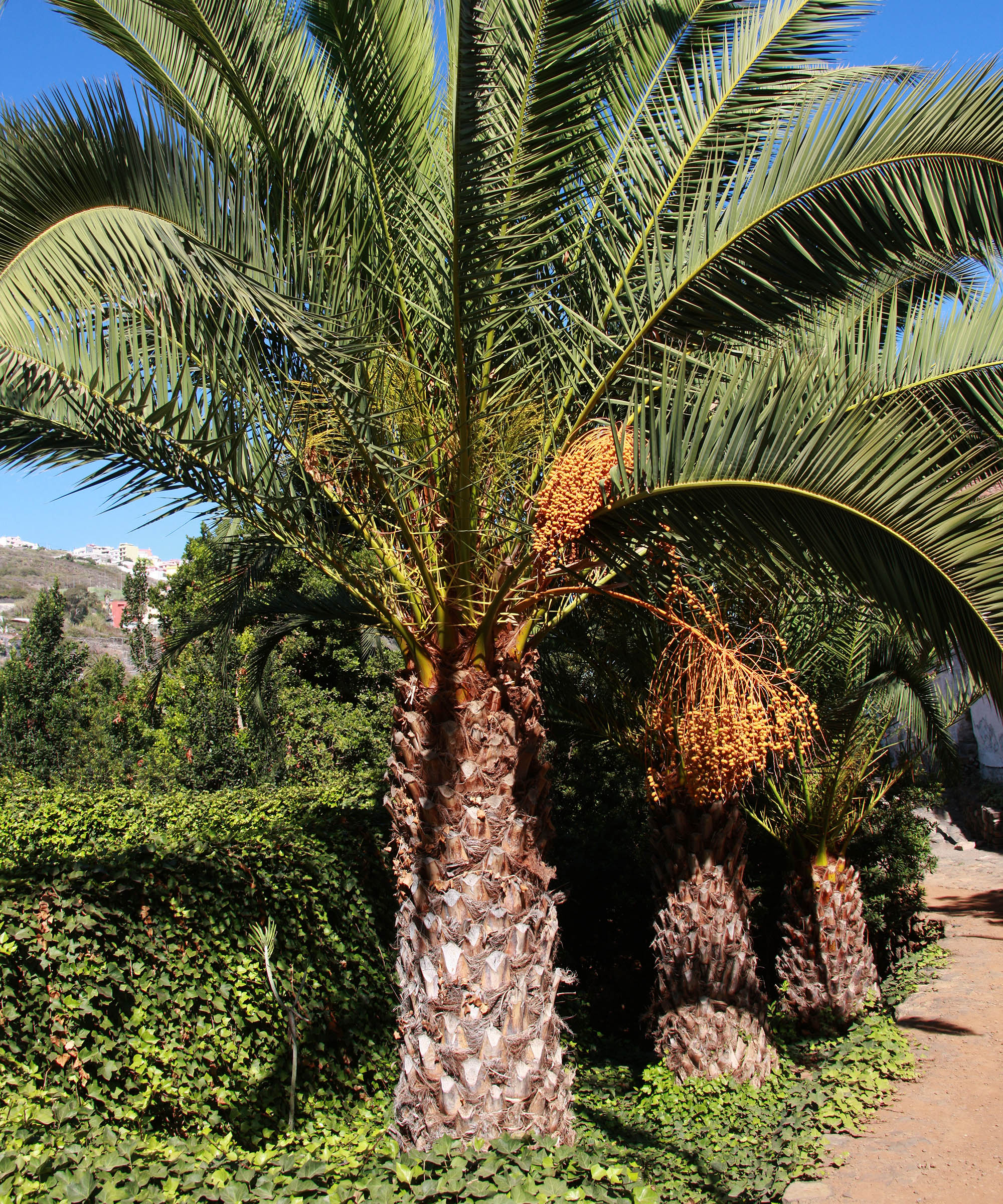
- Hardiness: USDA zones 9-11
- Height: 40ft (12m)
- Spread: 20ft (6m)
The Canary Island date palms, Phoenix canariensis, aren't fast growing trees, so are a long term investment for the garden. But in the years to come, they're guaranteed to be future proof in terms of heat and drought.
You can plant them directly into free-draining soil, if you have plenty of space and the right conditions of full sun. Here they can be left to grow to their mature and majestic full size.
Or you can grow them successfully in a large container. They're low-maintenance trees which are easy to look after, requiring only the removal of old fronds to keep them tidy.
- Buy phoenix canariensis in the US: view at Fast Growing Trees
- Buy Phoenix canariensis in the UK: view at Amazon
6. Cercis siliquastrum
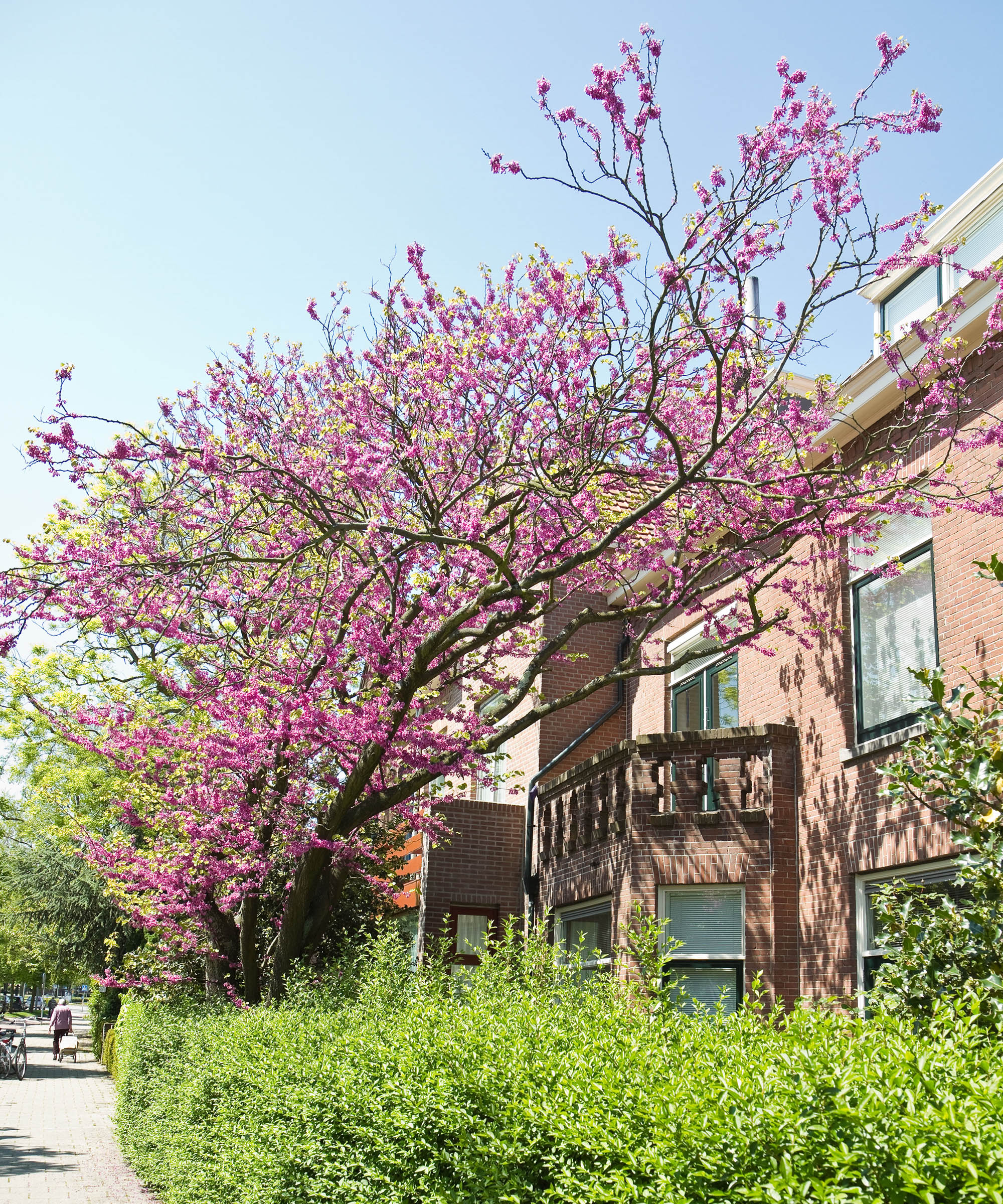
- Hardiness: USDA zones 6-9
- Height: 15ft (4.5m)
- Spread: 15ft (4.5m)
Also known as the Judas tree, this is a hardy small specimen, with a wealth of ornamental features. From a good multi-stem shape it becomes a vibrant flowering tree, with brilliant pink spring flowers. These are then followed by heart-shaped leaves that turn wonderful shades of golden yellow in the fall.
That’s as well as being tough and tolerant of drought. Good for small gardens with full sun, the Judas tree makes a great focal point to view from the house.
Spring bulbs or shrubs make good plants under trees if you opt for this variety too. Try the reliable cultivar ‘Bodnant’, or the white variation C. siliquastrum f. albida.
7. Laurus nobilis
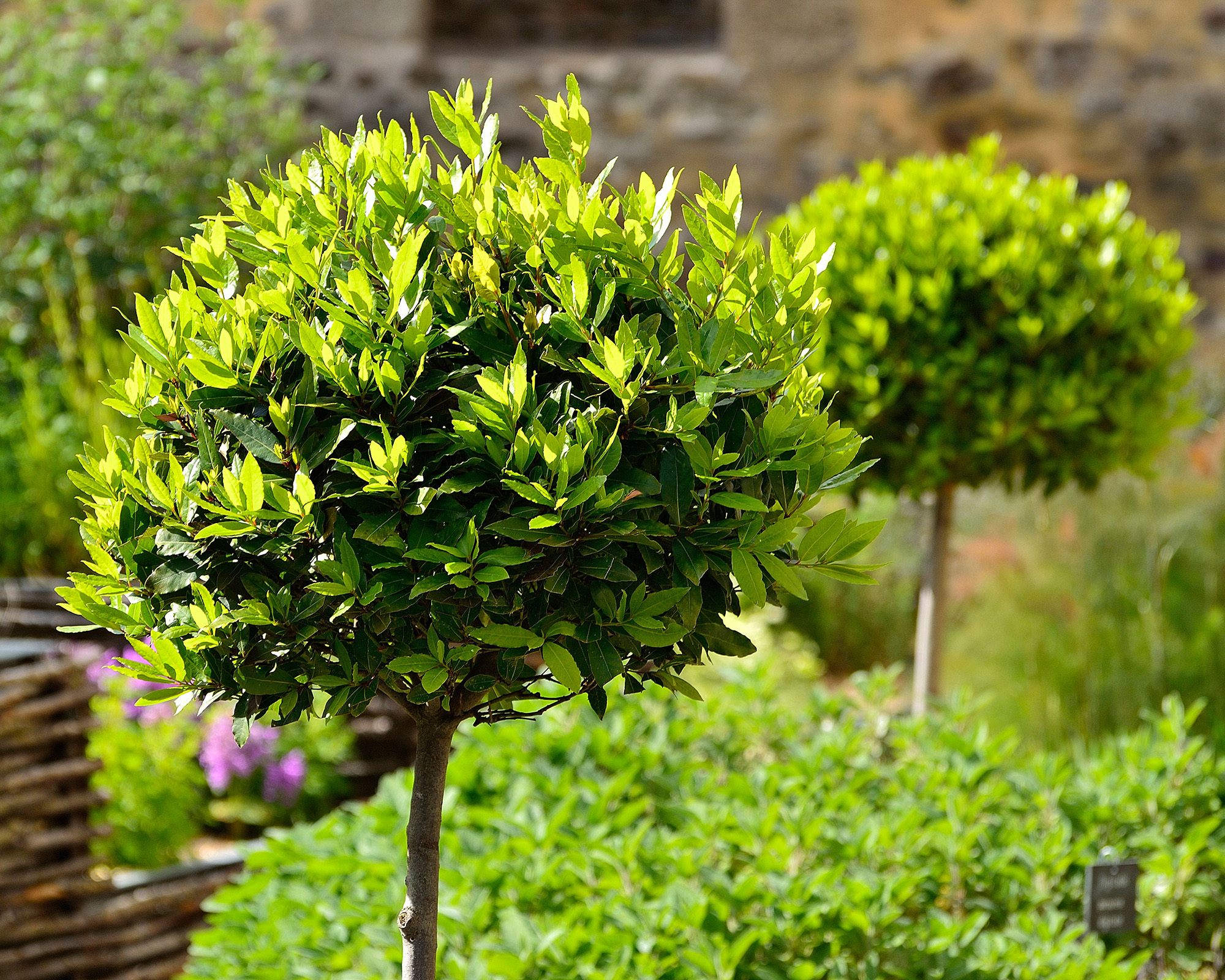
- Hardiness: USDA zones 8-11
- Height: 12ft (3.6m)
- Spread: 12ft (3.6m)
Like many Mediterranean herbs, the bay tree copes well with hot, dry and sunny conditions.
The dark evergreen leaves retain moisture through the heat of the summer. Bay laurel grown in the ground, has proven tolerance of the drought conditions as long as it can establish good root structure.
If you're looking for a good tree to grow in pots this will suit, although it will need more watering through dry weather. Grow as a single specimen, pruned as a shrub or a standard tree or sculpted into a pyramid using topiary. It needs annual pruning in summer to keep in shape.
It's a trouble-free stalwart of the garden, providing good structure and herb harvests.
8. Quercus ilex
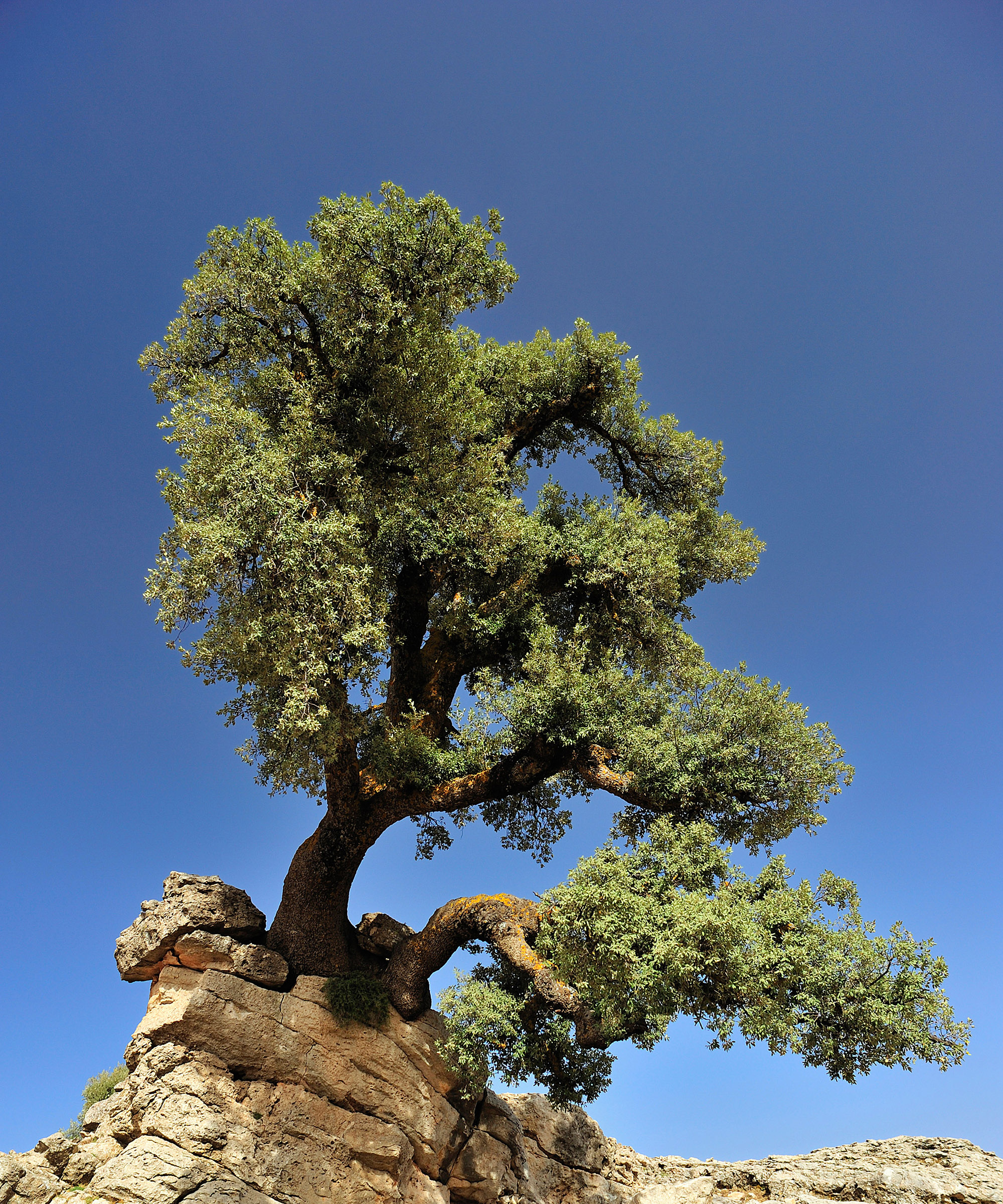
- Hardiness: USDA zones 7-10
- Height: 40ft (12m)
- Spread: 40ft (12m)
Kevin Martin, head of trees at the Royal Botanic Gardens, Kew, says that we need to look at successful drought tolerant trees, and where they come from. And the Mediterranean oaks are a good example of trees that cope well with drought.
The evergreen holm oak is ultimately a very large tree, and you can find some fantastic long-lived specimens. However, it’s slow growing and easily pruned to maintain the shape and size you can accommodate.
It can be planted as a hedge and then kept in shape with the best hedge trimmer, or it can be trained into a multi-stem or pleached form. The holly-like leaves help it to conserve moisture and it’s a very tough tree, good for coastal and urban plantings.
9. Luma apiculata
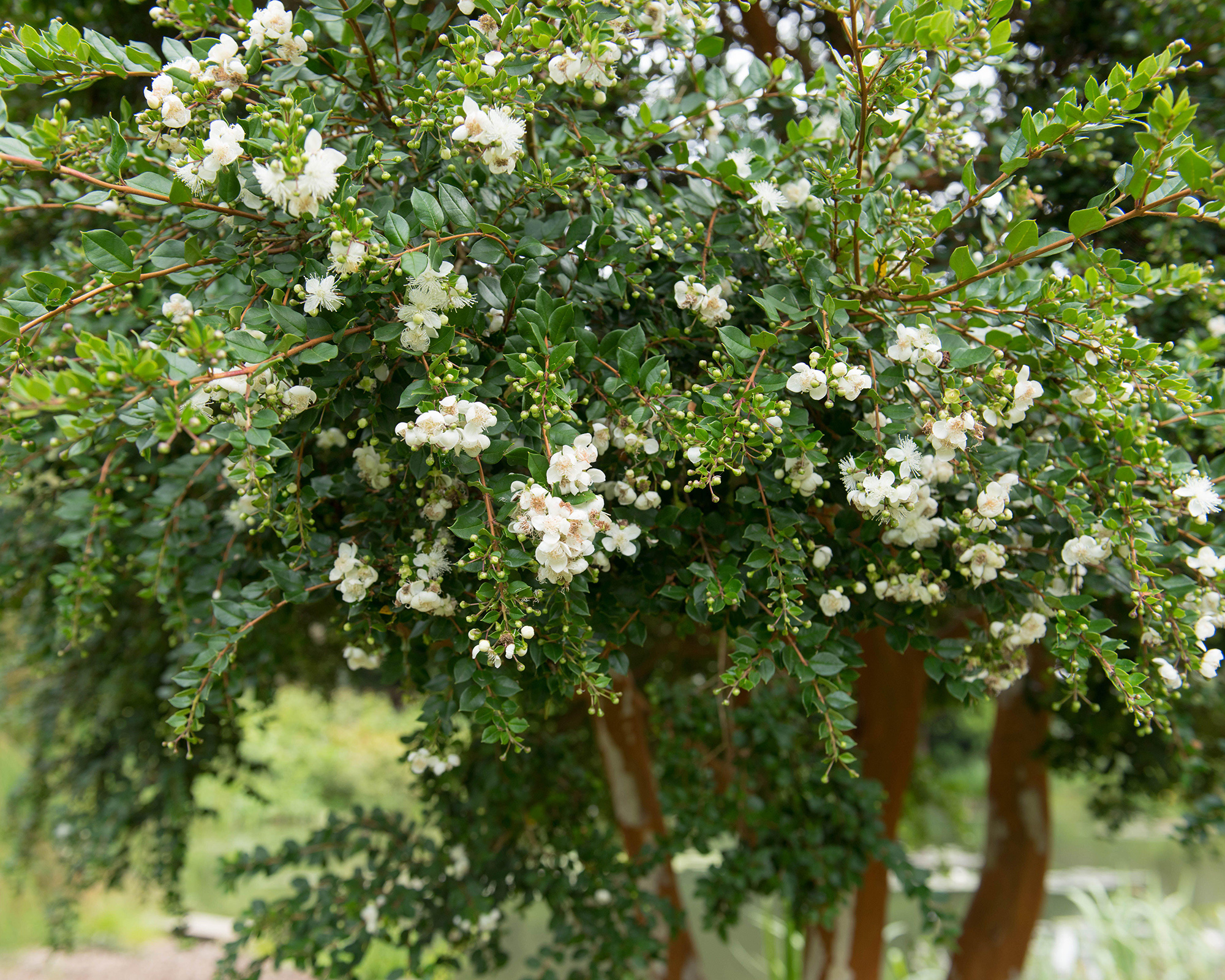
- Hardiness: USDA zones 9-11
- Height: 6ft (1.8m)
- Spread: 6ft (1.8m)
Luma apiculata is the Chilean myrtle, prized for its beautiful cinnamon-colored bark, aromatic evergreen leaves and pretty white flowers. Outside of Chile, luma have proved themselves to be tough and hardy drought tolerant trees, even in severe winter conditions.
Try planting bare root trees on their own as a beautiful multi-stem tree or grown as an avenue, where you get the full effect of a parade of colored stems.
It’s a fast-growing tree, with an easy growing habit, preferring well-drained soils and a sunny location, and once established, it is tolerant of drought.
10. Ficus carica
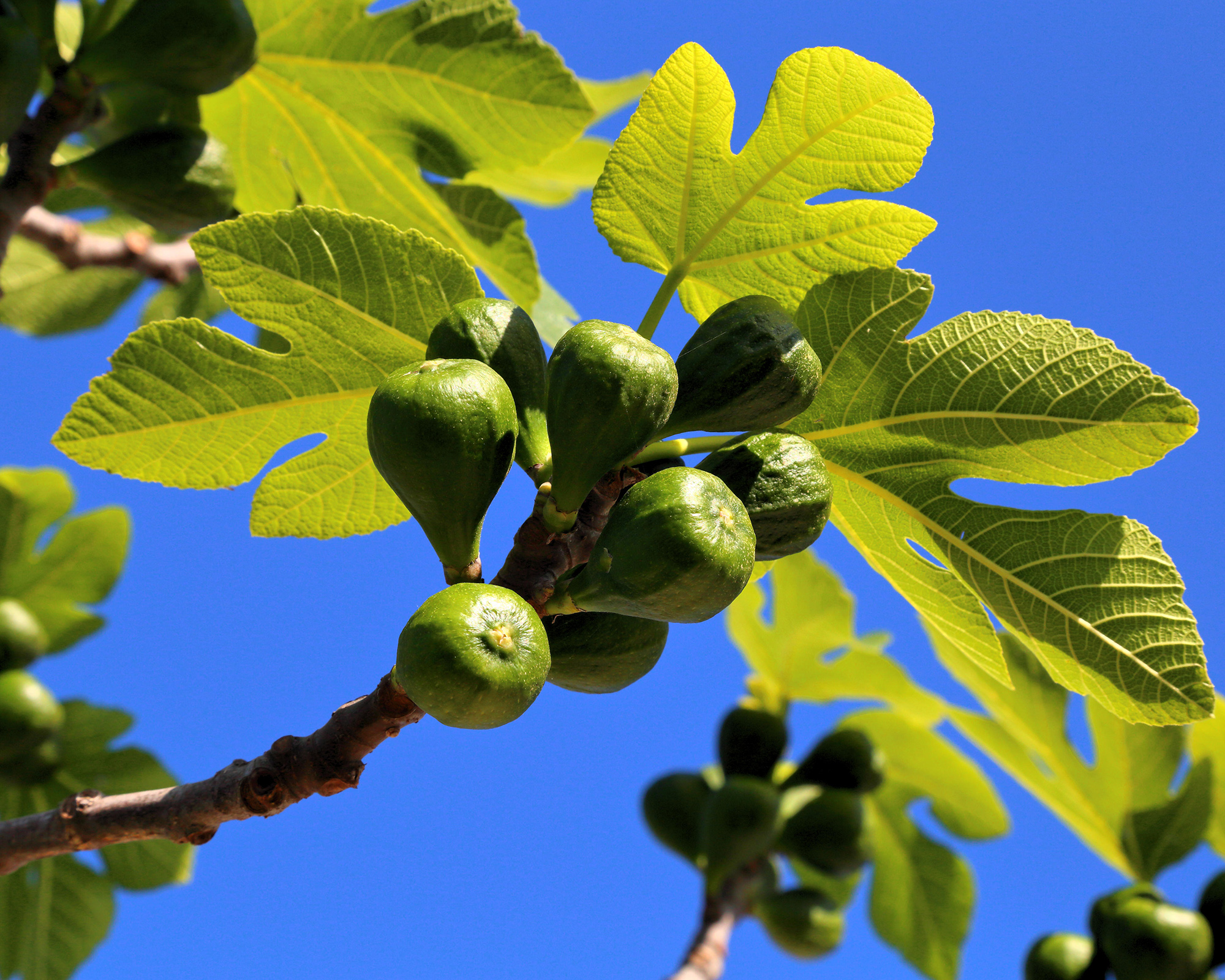
- Hardiness: USDA zones 6-9
- Height: 10ft (3m)
- Spread: 10ft (3m)
The common fig is a great plant that can be grown even in the smallest of gardens and positively loves extreme heat, poor soil and restricted roots. It’s a deciduous tree, but the large leathery leaves make a great summer feature.
You can grow figs in a fan trained against a wall, which helps with fruit production in cooler climes. In the hot dry weather of a drought summer, fig trees will positively thrive and produce a wonderful crop.
Try the most popular cultivar ‘Brown Turkey’, proven in areas with colder winters, or ‘Celeste’ with fruits that ripen a littler earlier.
- Buy 'Brown Turkey' fig in the US: view at Fast Growing Trees
- Buy 'Brown Turkey' fig in the UK: view at Crocus
11. Eucalyptus gunnii
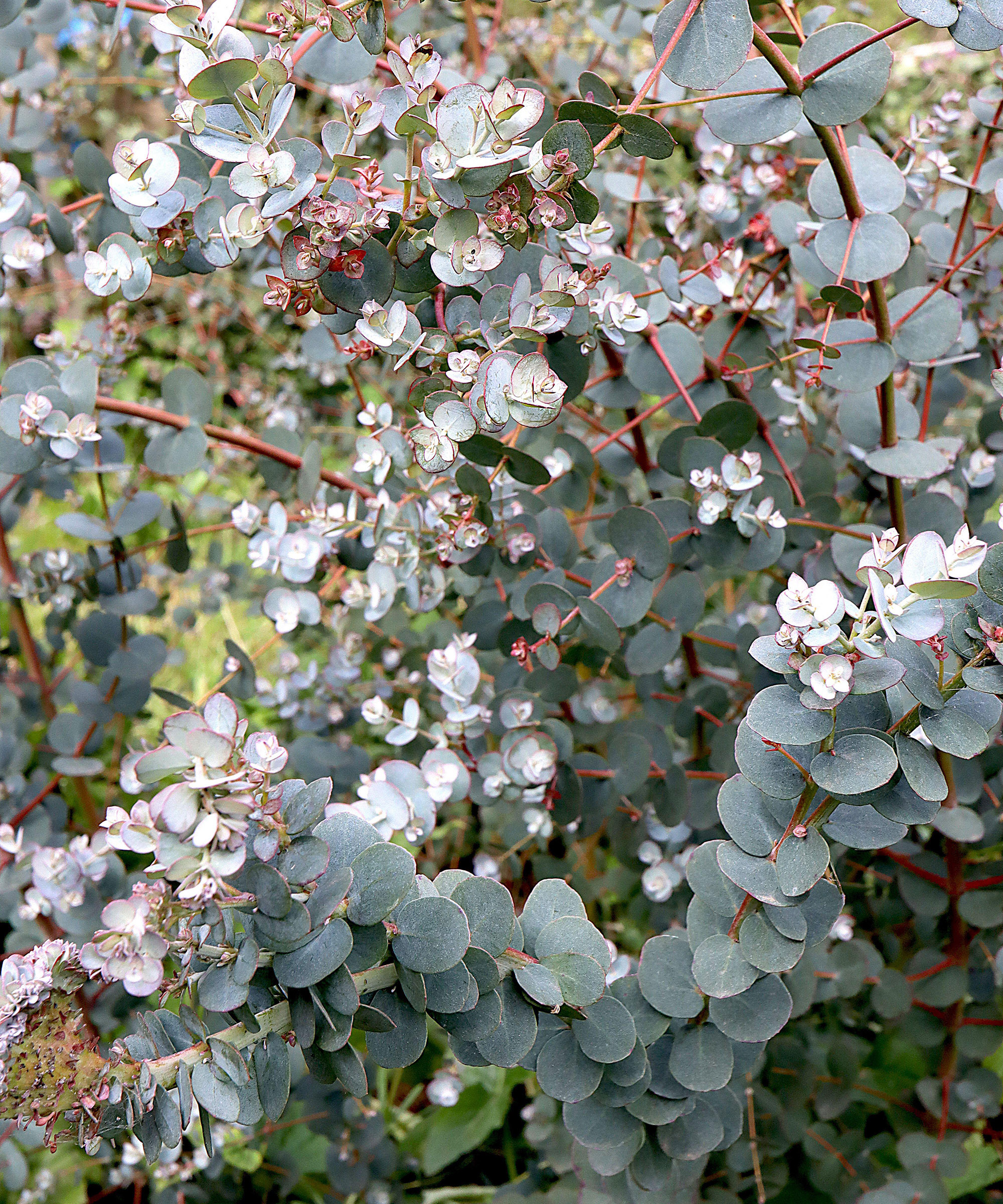
- Hardiness: USDA zones 8-10
- Height: 30ft (9m)
- Spread: 18ft (5m)
Eucalyptus are staunchly drought tolerant trees as well as a heat resistant genus, originating in some of the most extreme environmental conditions in Australia.
These are stunning plants with attractive winter bark, evergreen foliage with its signature aroma and the unusual characteristic of young foliage that is quite different to its mature version.
E. gunnii or the blue gum is a fast grower, so it needs to be planted wisely with plenty of space or pruned and coppiced regularly to keep it to shrubby proportions.
By pruning it you can keep the young foliage coming – it makes a great feature in floral arrangements.
12. Hippophae rhamnoides
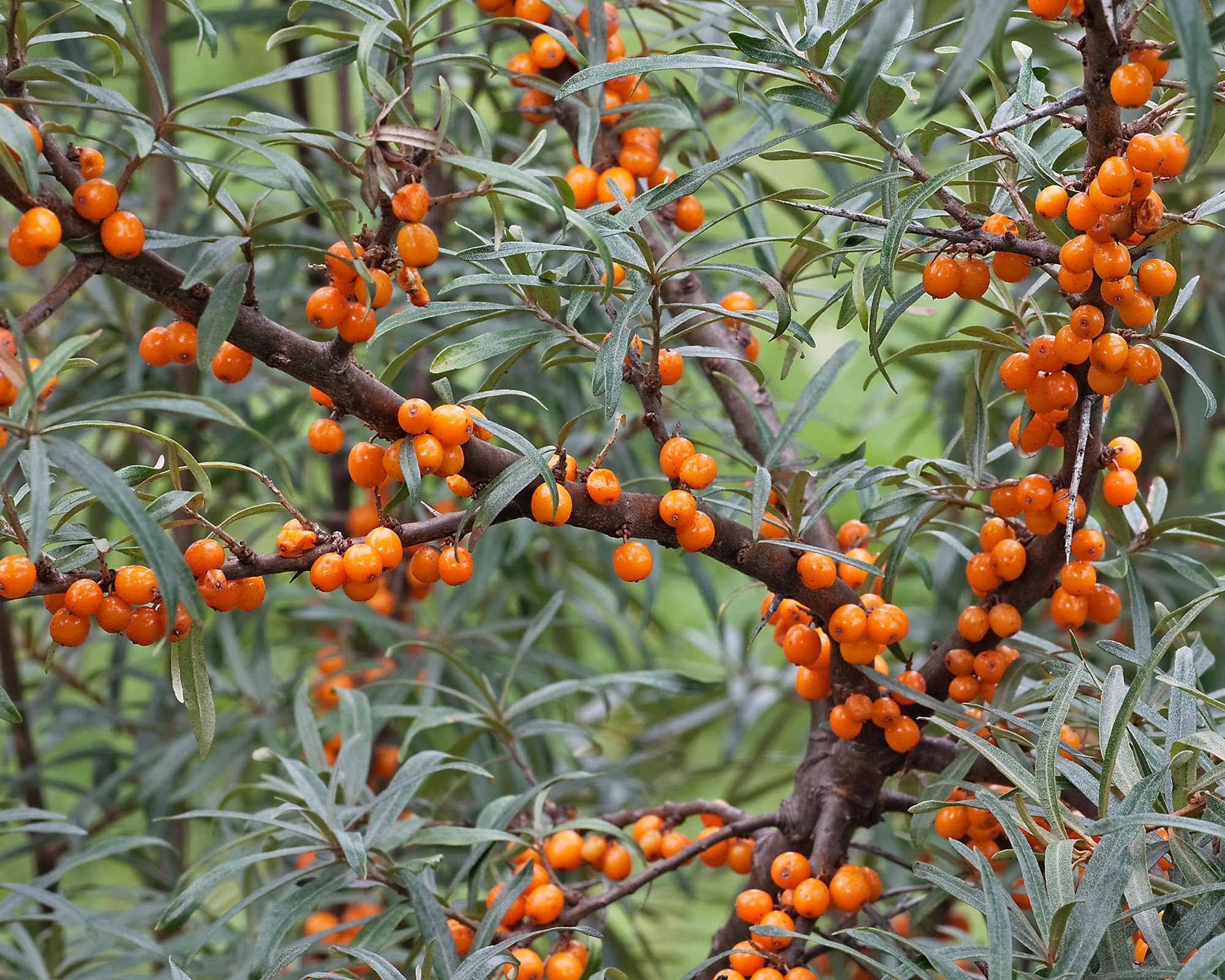
- Hardiness: USDA zones 3-7
- Height: 19ft (6m)
- Spread: 8ft (2.5m)
Most commonly seen as coastal plants grown as hedging, because of its tough reputation for tolerating salty, windy conditions, sea buckthorn also makes a very attractive tree for small gardens.
Found growing right across central Europe and into Asia at high altitudes too, it’s a very hardy plant and a good choice for climate extremes of heat, drought and wet weather.
A thorny tree, it has attractive dark, silvery, deciduous foliage and when male and female plants grow together, they produce bright orange berries that have a high vitamin C content, and make a great alternative winter berry display. Grown as a tree it doesn’t require much pruning.
- Buy hippophae rhamnoides in the US: view at Fast Growing Trees
- Buy hippophae rhamnoides in the UK: view at Thompson & Morgan
What is the most drought tolerant tree?
Try Corylus colurna (Turkish Hazel), valued for its capacity to withstand tough conditions – drought, pollution and excessive wet, plus good resistance to pest and diseases.
The Turkish Hazel has deep roots and it makes a great water saving urban tree, with spring catkins and wonderful textured bark. It needs a larger garden space, and is a favorite of landscape architects.
It’s one of the trees Errol Reuben Fernandes chose for the Horniman micro forest in London. 'Climate change was an important factor in our selection of species and while we included many that are considered native to the UK, we also included many drought tolerant species, some of which are from further afield.'
'For example Corylus colourna (Turkey to N.Iran), Quercus petraea (Europe, Anatolia and Iran), Cornus mas ( S.Europe to W.Asia), Clerodendrum trichotomum ( China, Korea and India).'
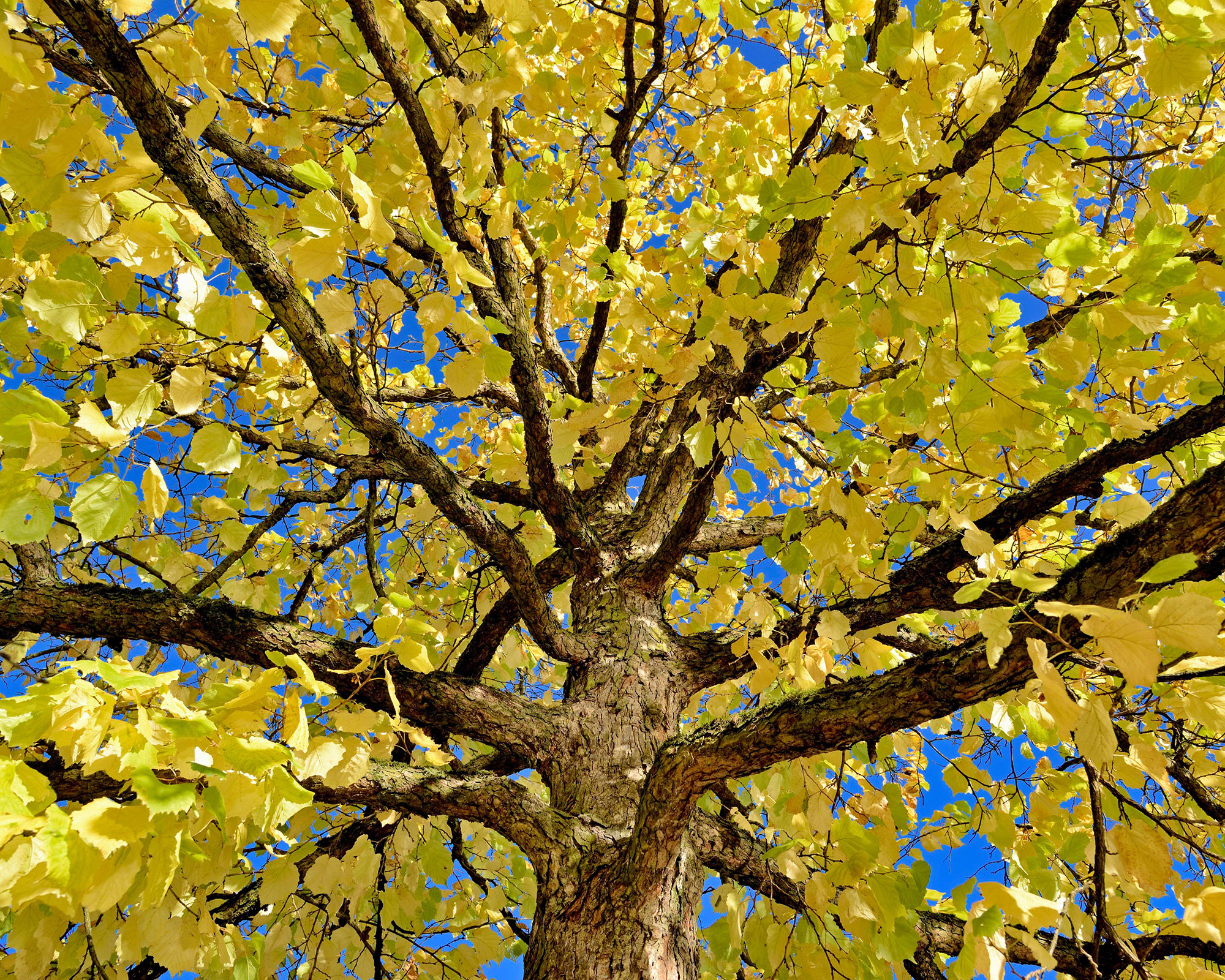
The Corylus colurna will reach an eventual height of 65ft
What are the most heat tolerant trees?
Trees have different mechanisms for coping with heat, including what is sometimes called a false autumn, when leaves turn brown and drop altogether in hot summer weather.
In extreme climate conditions, trees have evolved evergreen foliage that doesn’t easily lose moisture, combined with deeper roots that enable them to search out water.
If you are planting for heat tolerance as well as for watering plants infrequently, look to some of the tough members of the pine family. Try Pinus strobus ‘Louie’, a compact, slow growing golden cultivar of the Eastern white pine.
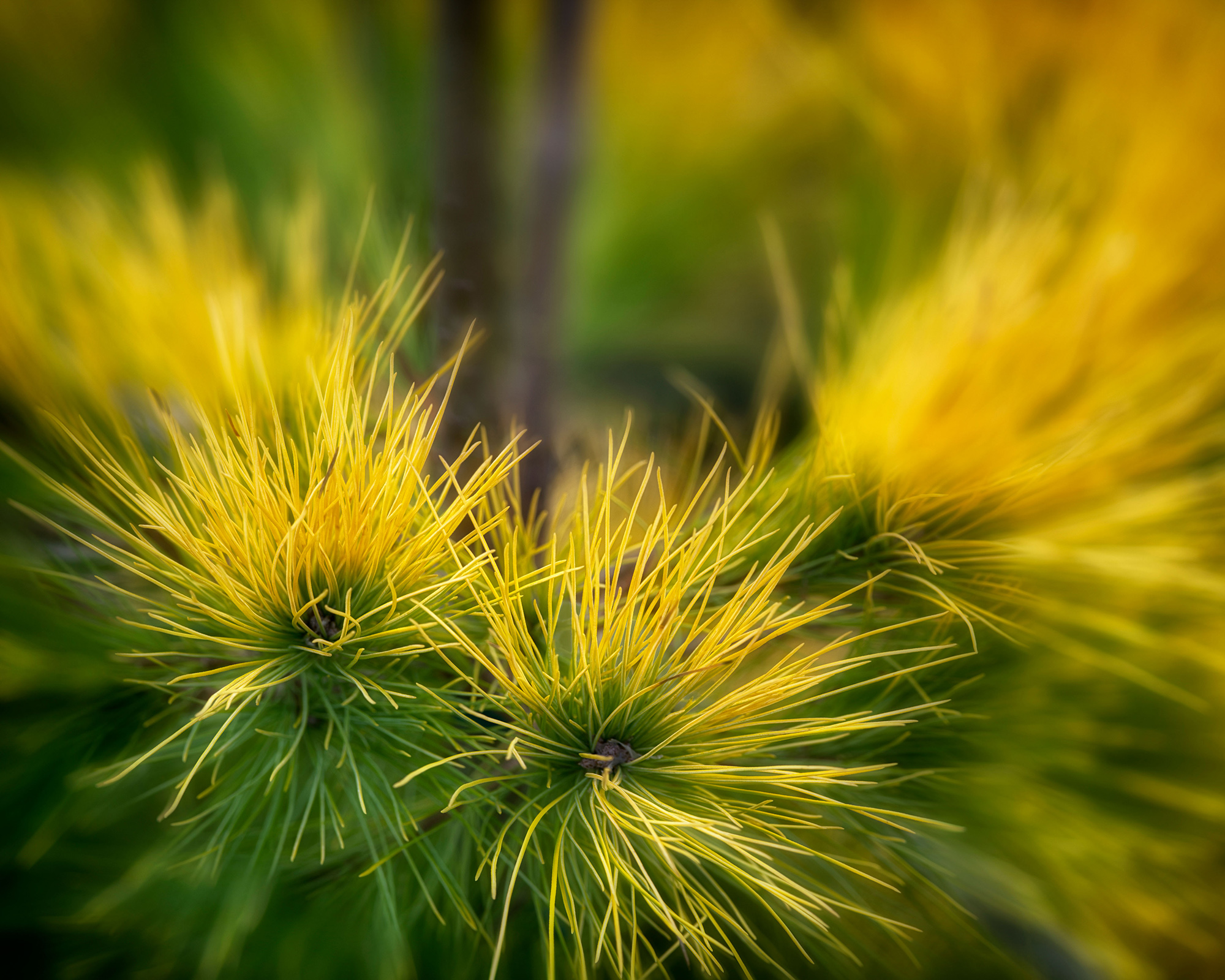
Pinus strobus ‘Louie’ will tolerate high temperatures
What trees are good for dry soil?
There are some great tree choices for dry soil, but it’s always worth adding plenty of well-rotted compost before planting. For a tree that can cope with dry and unforgiving conditions try Acacia dealbata, also known as mimosa.
It's a beautiful, fast-growing small tree, with year-round interest. A glaucous evergreen, feathery foliage and abundant fluffy yellow flowers in early spring.
An Australian native, it copes with drought. In 10 years, it can reach a height of 26ft (8m) and a spread of 8ft (2.5m) but can be pruned to keep it to a manageable size in smaller plots.
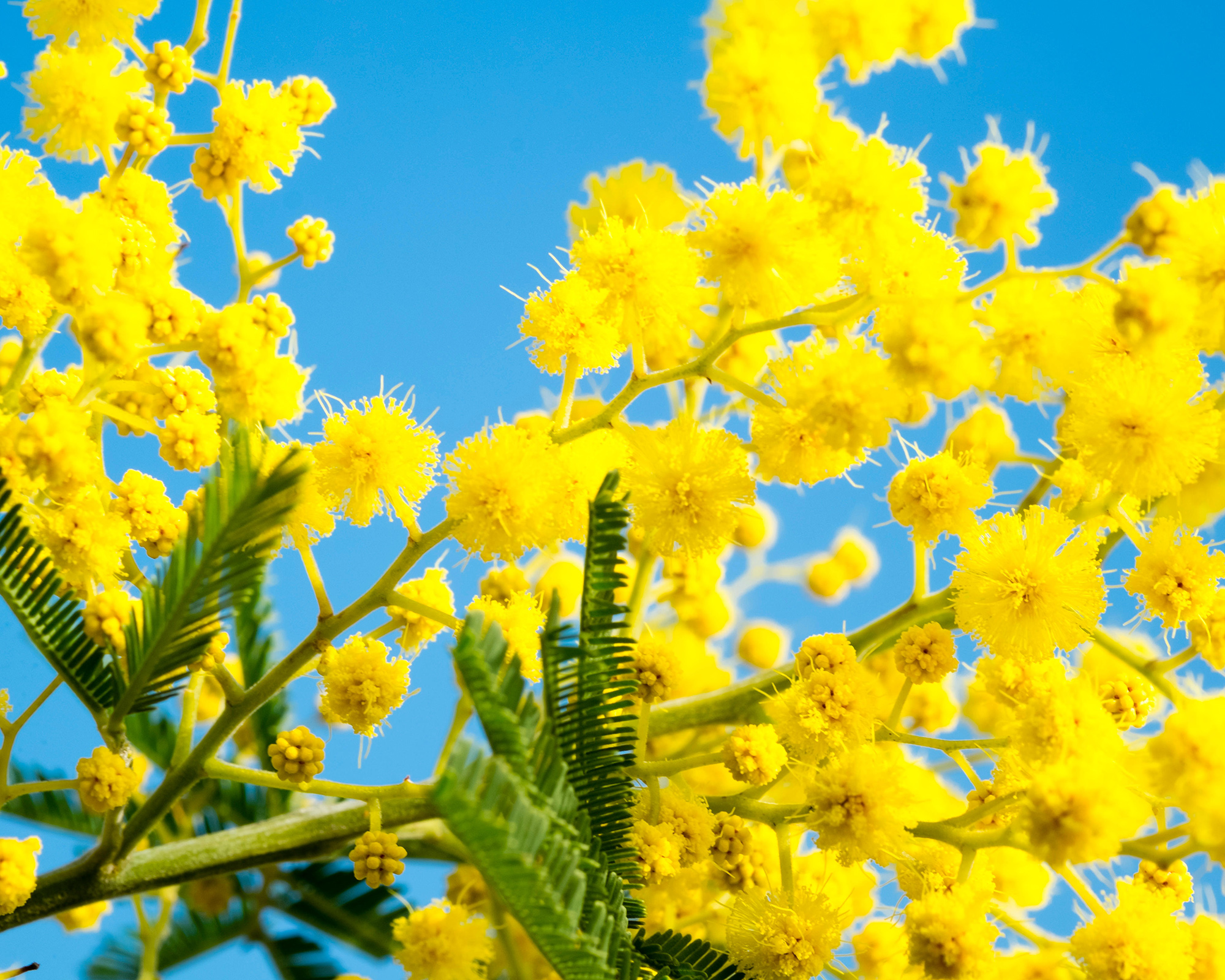
Acacia dealbata will give scented foliage as well as tolerating dry conditions

In her years of gardening, Camilla has designed planting schemes for gardens large and small in and around London, written about plants and how to grow them, and worked on BBC gardening TV shows. She's passionate about sharing tips, advice and the joy of plants in this great community of gardeners that we’re all part of, and she now also works as a therapeutic horticulturist, teaching growing for wellbeing and mental health. Her unfulfilled ambition is to crack the ultimate dog-friendly garden - she thinks getting it right depends more on the dog than the plants...
